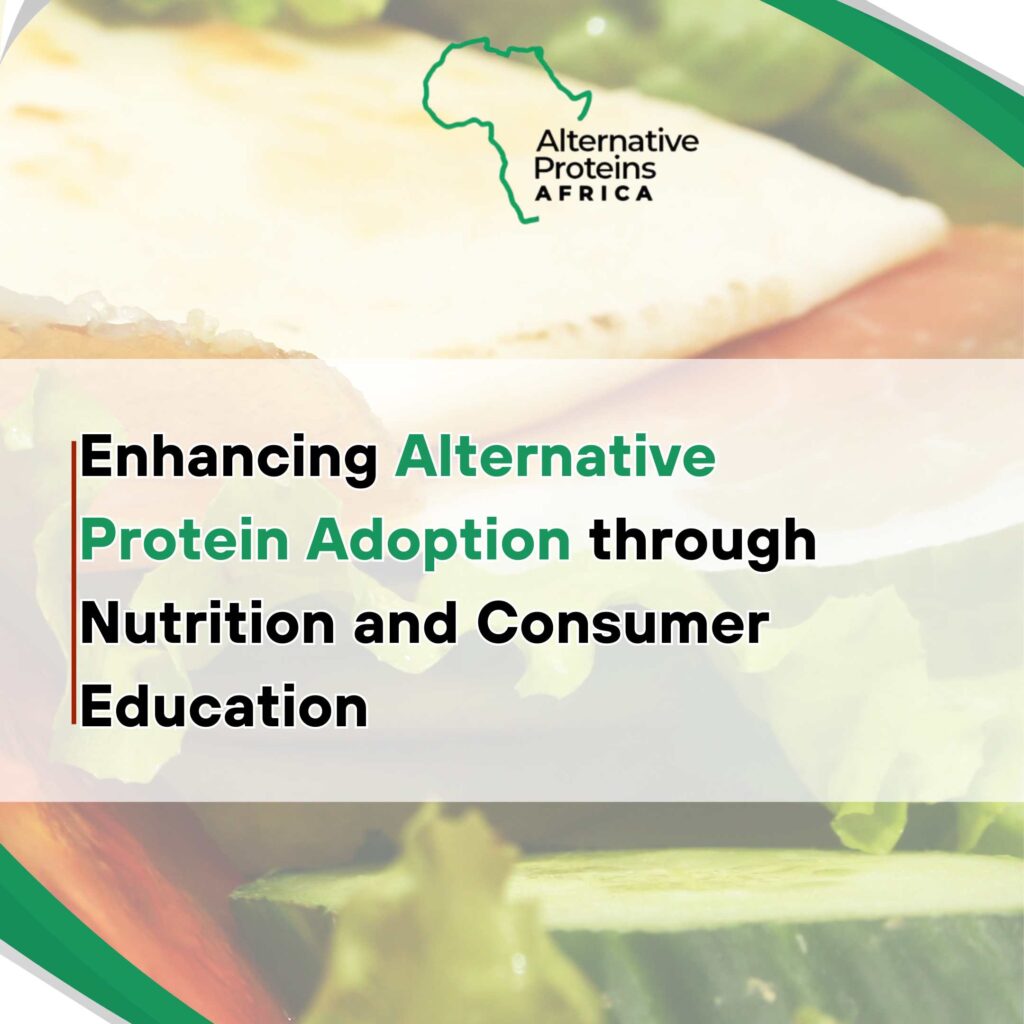
Imagine a future in which your protein-rich food comes from a range of sustainable, healthy, and equally delicious sources. As the world’s population increases and the environmental cost of traditional protein sources becomes more obvious, it is critical to explore and embrace alternatives. As a viable source of non-animal based proteins, alternative proteins emerge as a vital solution. But how do we get everyone on board? The answer lies in promoting consumer awareness. Nutrition and consumer education about alternative proteins and their benefits help bridge the knowledge gap, empower individuals to make informed dietary choices, reduce dependence on environmentally harmful protein sources, and promote a healthier, more sustainable food system.
The growing demand for protein
By 2050, it is anticipated that the world’s population will reach roughly 10 billion. With more people comes increased demand for food, particularly protein. Traditionally, we have relied on meat, dairy, and poultry to meet our protein requirements, but these sources have a high environmental cost. Livestock production accounts for around 14.5% of global greenhouse gas emissions. The increasing demand for protein, combined with the environmental impact of traditional sources, makes the case for alternative proteins stronger than ever. Alternative proteins offer numerous advantages. These include:
1. They have a high protein content: Many alternative proteins, such as legumes and soy, provide substantial amounts of protein comparable to meat.
2. Alternative protein sources have a lower environmental impact: Producing alternative proteins typically requires fewer resources and generates less pollution.
3. They improve our health: Plant-based protein-rich diets are associated with lower rates of heart disease, diabetes, and some cancers.
4. They enhance food security: Diverse protein sources can enhance food security by reducing reliance on a limited number of protein sources.
5. Alternative proteins support sustainable agriculture: Growing alternative protein crops can promote sustainable farming practices.
Why is education important?
Nutrition education is essential in bridging the knowledge gap between the benefits of alternative proteins and their consumption. By understanding the nutritional value of protein-rich crops, consumers can make informed decisions about their diet. Education highlights the advantages of alternative proteins, such as their high protein content, lower environmental impact, and potential health benefits.
Furthermore, consumer education is critical to promoting the adoption of alternative proteins. By understanding the environmental, social, and economic benefits of these protein sources, consumers can make choices that align with their values. Education on alternative protein production processes, sustainability features, and culinary uses can increase consumer acceptance and drive demand. Moreover, consumer education can foster a sense of community, encouraging individuals to share knowledge and experiences and further promoting the adoption of alternative proteins.
Some effective strategies to promote alternative proteins through education
1. Awareness campaigns and programmes that inform people about the benefits of alternative proteins can motivate them to try these foods. This includes social media campaigns and informational brochures.
2. Education aimed at addressing and overcoming cultural preferences and misconceptions, helping to shift consumer behaviour towards more sustainable choices.
3. Cooking tutorials and workshops that teach consumers how to prepare delicious meals using alternative proteins. These demonstrations can provide practical, hands-on learning experiences. Also, offering taste tests and samples at fairs and events can help dispel certain misconceptions about the taste and texture of alternative proteins, encouraging people to incorporate them into their diets.
4. Incorporating alternative protein education into school programmes can teach students about nutrition and sustainable eating habits. When children learn about diverse protein sources in school, they can influence their families’ food choices.
5. Advocating for government policies that support the production and consumption of alternative proteins, such as subsidies for farmers growing these crops or incentives for businesses developing new products.
In summary, the adoption of alternative products requires more than just availability; it demands a shift in consumer behaviour and preference. Nutrition and consumer education play a critical role in promoting the adoption of alternative proteins, empowering individuals to make informed choices that benefit their health and the environment, and contributing to a food-secure future.

